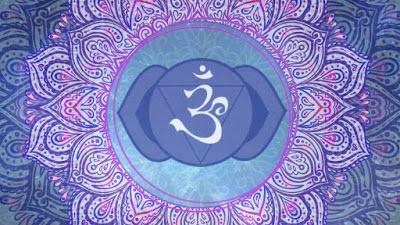In the realm of spiritual philosophy, two distinct concepts, Advaitam and Dvaitam, have intrigued seekers of truth for centuries. Advaitam, the belief in oneness, posits that God and humans are one. Dvaitam, on the other hand, emphasizes duality, where God and humans are seen as separate entities. Both of these philosophies offer unique insights, and in this blog, we’ll explore how they complement each other on the path to spiritual realization.
Understanding Dvaitam: Recognizing Separation
Dvaitam, meaning ‘two,’ initially sees God and humans as separate entities. This perspective highlights the inherent duality of our existence. Embracing Dvaitam is like taking the first step in a spiritual journey, where one acknowledges the distinction between the individual self and the divine.
The Humility of Dvaitam:
One of the key aspects of Dvaitam is the cultivation of humility. By recognizing our separateness from the divine, we learn to shed arrogance and ego. It’s the acknowledgment that we are merely human, subject to the limitations of the material world.
Dedication to the Divine:
Dvaitam encourages complete dedication to God. It teaches us to surrender ourselves entirely, understanding that we are not the masters of our destiny. Instead, we learn to rely on a higher power, seeking refuge in our spiritual journey.
Escaping Worldly Desires:
In the realm of Dvaitam, the focus is on transcending worldly desires. By understanding the separation between the self and the divine, we become less entangled in the materialistic pursuits that often cloud our judgment.
Transitioning to Advaitam: The Path to Oneness
Advaita, the philosophy of oneness, is the destination of our spiritual journey. It reveals that God and humans are ultimately one and the same. But how do we make the transition from Dvaitam to Advaitam?
The Power of Meditation:
Meditation becomes a powerful tool on this journey. It helps us connect with the divine on a deeper level. In the world of Advaitam, meditation allows us to realize that the separation we once perceived is an illusion.
Compassion and Selflessness:
As we progress towards Advaitam, the power gained through meditation and self-reflection must be used for the greater good. It’s essential to cultivate compassion and practice selflessness, recognizing that all beings are interconnected.
The Divine Revelation:
In the final stages of Advaitam, something remarkable happens. The divine itself reveals that there is no distinction between God and us. In a profound moment, we come to understand, “You are I, and I am You.”
The Balance: Dvaitam to Advaitam
In conclusion, the question of whether Advaitam or Dvaitam is superior has a simple answer: both are essential. Dvaitam serves as the foundation upon which the edifice of Advaitam is constructed. To reach the state of oneness, we must first acknowledge the duality and separateness.
It is the transition from Dvaitam to Advaitam that completes the spiritual journey. By starting in Dvaitam, we cultivate humility, dedication, and detachment from worldly desires. These qualities, in turn, prepare us for the profound realization of Advaitam – the union of the individual self with the divine.
In the end, the path to spiritual enlightenment is a continuum, with Dvaitam and Advaitam as its two integral halves, guiding seekers towards a harmonious existence in the realm of the divine.

